How do the electrical characteristics of an ADC typically degrade over lifetime?
And is there a way to do a somewhat realistic worst-case estimate for that before doing aging tests over a big batch?
Example data, probably for begin of life, taken from the PIC16(L)F1855/75 data sheet is:

There are also application notes available what can be compensated away and what is remaining, for the case one does not already know.
However, I never see any information about degradation due to aging.
Also no information how much the characteristics worst-case change over the operational temperature range.